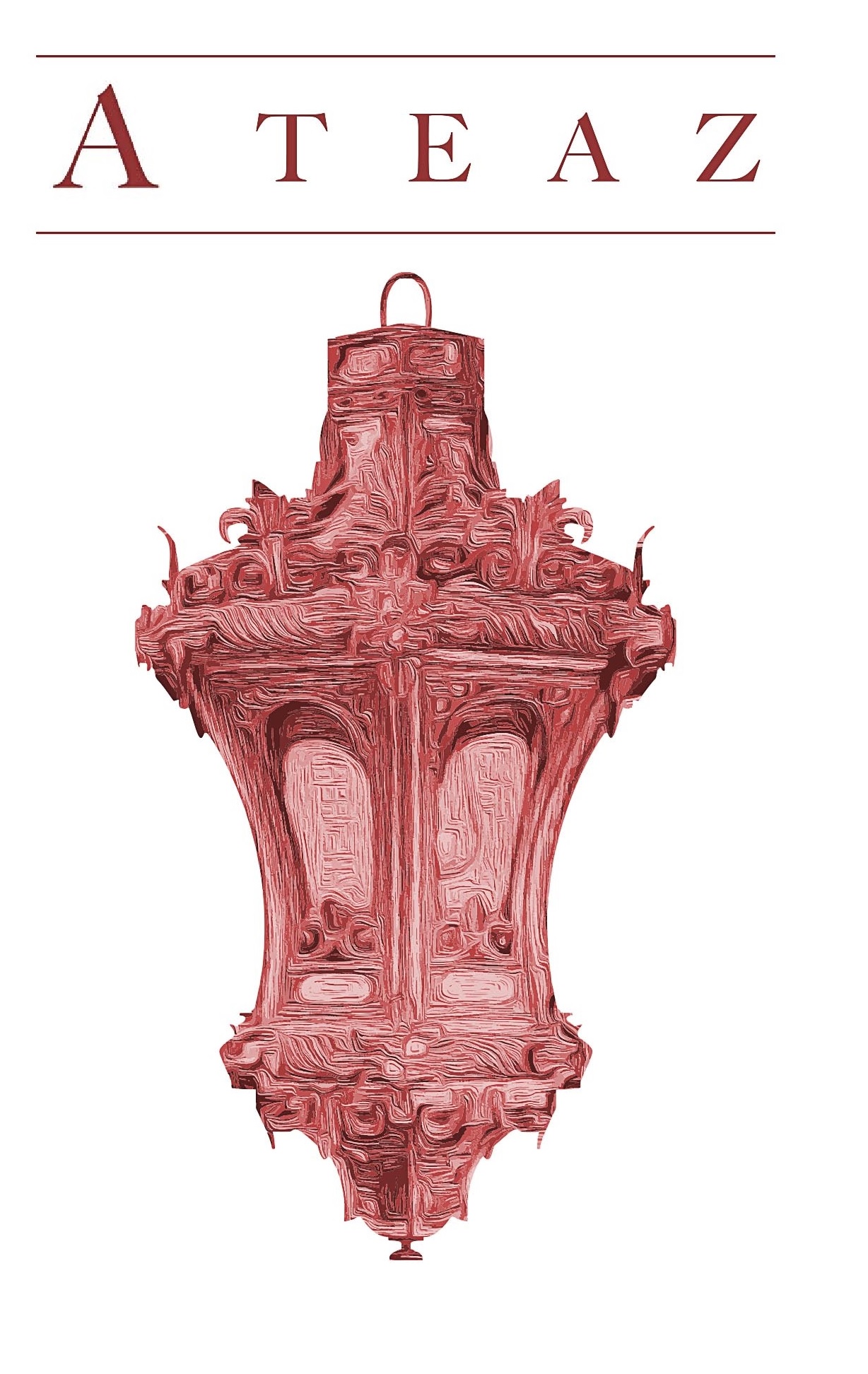Tea is an amazing beverage consumed by millions of individuals on a daily basis. Although tea was previously cultivated only in the Far East, today tea is harvested in forty-one countries. Completely new tea sectors are growing globally as demand for this precious commodity increases for various teas.
Tea, the most frequently consumed drink on earth second to water, still maintains it's title (sorry coffee lovers) as the most ancient beverage. It's been postulated that twenty thousand unique variants of tea presently exists around the world. Too much for me to ever consume, but what's even more fascinating is the fact that no two teas ever taste exactly alike, and each and every tea possesses a unique hallmark flavor. When purchasing tea, how can you determine that you're getting the cream of the crop? By it's price, leaf style, yumminess, cost, liquor? Keep in mind that price tag or rarity all alone does not ensure a great tasting tea. Let's begin evaluating the wide-ranging merits of tea by examining the elements in the cup. A great tea is composed of tea leaves that are even in tone or color: fairly consistent in shape and measurement: and enjoyable and appealing in scent. The tea should give the general perception it is potent and balanced, as well as in ideal condition, not washed out, undesirable and past its prime. So, precisely what do you ultimately examine whenever you’re purchasing tea and consequently drinking it. You’ll judge a tea based on the criterion below:
Class of Teas- Green, White, Oolong, Black and Pu-erh
Appearance of the leaf- Whole leaf teas should possess an exquisite visual appearance and display no similarity to broken tea leaves found in commercial tea bags. High quality teas should be made up of a whole leaf that is neat and continuous in size.
Aroma of the dry leaf- All tea contains aroma, but the scent of some leaves are far more refined than that of others. Delicate aromas should not be wrongly recognized for a diminished scent or aged tea and a powerful aroma doesn't suggest a superior tea.
Aroma of the Liquor- Tea has sophisticated aromas which makes one want to drink a cup instantaneously. The fragrance should bring components from the teas natural environment of the garden or the flower, snow, spices and many other environmental factors and elements.
Color of the liquor- Sound tea is clear, lucid and sparkles. Have you ever had a cup of murky tea...yuck! (a.k.a-conventional teabags). Black tea hues vary between red, brown and orange. While White teas are pale green and have a yellow-green hue.
Aroma & appearance of a wet leaf- Leaf tea in its wet state may be the closest it will ever be to its original, fresh state. The smell should be a leafy plant or wet greens, but never unpleasant and off-putting.
Flavor of the liquor- This is every tea lover’s favorite part-The first sip. There are so many subtleties that can be conveyed in tea and it can't necessary be put into words. It's a livening of the senses and each tea possess a distinct flavor that identifies it as its type, black, green, white, oolong, pu-erh.

